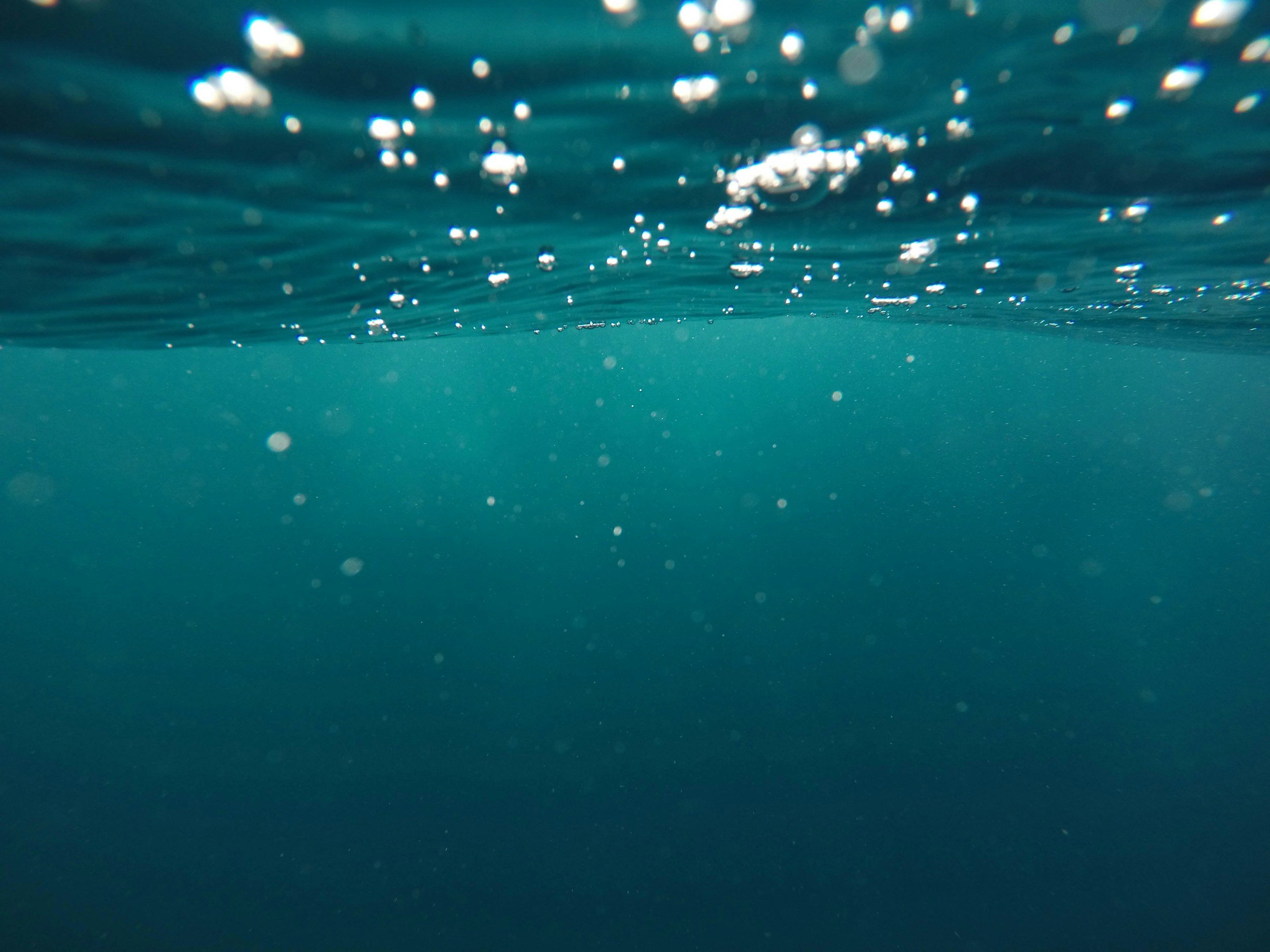
Overview
In the summer of 2024, I crossed paths with a passionate PNW scuba diver who saw an untapped opportunity in the diving world. He envisioned a dynamic, interactive map that would give divers quick access to detailed specs and user reviews. I partnered with him to turn this idea into a user-centric tool that would transform the diving experience.
Throughout the process, we encountered a few challenges, including a limited budget, an evolving brand identity, and the hurdles of adapting to a brand new UX design tool. Let’s dive in and see how we tackled these obstacles!
Design Thinking
The process used to create my designs was organized by IDEO and Stanford University. Design thinking is all about solving complex problems in a user-centered way. Keep in mind this process is not linear, meaning tasks often overlap and intertwine.
Find more from the original project outline here.
Sole UX/UI Development (Competitive Analysis, information architecture, site mapping, style guide, logo design, branding, SEO marketing, user research, mid-fidelity frames, high-fidelity frames, usability testing, site implementation)
My Role
Timeline
5 months (June - Oct 2024 )
Framer, Canva, MapBox, & UsabilityHub
Tools
Understand
In order to create desirable products and services, we first need to understand who our users are and what they need. What are their expectations in relation to the product we’re designing? What challenges and pain-points do they face within this context?
Target Audience, Potential Issues, & App Requirements
This BRD is the result of a competitor analysis, SWOT profile, and UX analysis on some of the most relevant or popular heath applications on the market.
Current Market Issues
Solving Each One
Scarce or non-existent scuba site locators
Participants often prefer to find dive information in books thus needing to do a lot of prior research to properly plan
Users have come across several pain points in other scuba forums or websites from old and outdated information
One research participant even brought up PNWDiving and said they were ‘overly technical and too complicated’
Divers often find their information by word of mouth and/or friends
Disorganized and random information throughout the web, forums & books, etc.
Simplify this process as much as possible for users, specifically through organized website architecture
Create buttons to invite or connect with friends via social media
Consider a ‘plan your dive’ feature with a thorough filtered search
Make sure the visual design is bright, fun, and intuitive for users
Create an archive database of dive sites so users can get wherever they’d like, as quickly as possible
Personal input, SEO marketing, and user reviews should keep all information up-to-date and relevant
“Our users need a streamlined, intuitive, and engaging scuba site locator for Washington, as current resources are often fragmented, outdated, or difficult to navigate. Success will be measured by 400 active user accounts registered within the first three months of launch."
Problem Statement
Observe
User research is the simple art of having a conversation with potential customers or just people who may directly respond to our product. Here we hope to discover any stories and feelings that burnout or wellness provoke. We then can apply this information to the design and create something that users honestly want to use.
Important Quotes from User Research
I conducted several remote 1-1 moderated interviews from participants that said they were familiar with burnout in some aspect or another.
- John
"Information about currents may be helpful. I could avoid the walk of shame after getting dragged out to sea.
- John
"I’d take pictures of creatures, unable to remember everything from a dive. There's so many amazing animals so I'd photograph, look in guidebooks, then get excited when I could identify them! “
- Jessica
“It would be really useful if we knew where nearby showers or picnic tables were to set up.”
- Adria
"It’s not around anymore, but one of the best dive websites I’ve ever used was just colorful, fun and easy to use.”
View more on the User Research from this Project
Point of View
After the initial research was completed, then I could create a few personas for the app. This often gives us a good insight into who our users are, what their goals are and why they would use our app. Building personas enables us to better understand the demographics, needs, goals, emotions, behaviors, fears, and limitations of those who may be using our product.
Ideate
Now that I’ve collected and organized my observations, it’s time to make ideas out of them. This is the part of the creative process that allows us to explore a wide variety and large quantity of diverse possible solutions. The purpose of ideation is to move beyond the obvious in order to explore a full range of ideas.
Prototype
This is also known as the original blueprints or bones of the site. For those unaware, each set of frames strategically ranges in design, taking everything in segments. To focus more on certain aspects here and set others aside there. You will find various improvements with every iteration (Low-, mid-, & high-fidelity).
Low- Fidelity
You’ll see below that the layout of our app is now aligned on paper for both mobile and desktop. There is usually no copy within this type of design, but you begin to grasp the intention behind each page or element.
Mid- Fidelity
Now I can make more thorough designs by bringing them online. I originally created these frames in FigJam before deciding to transfer my next iteration over to Figma.







